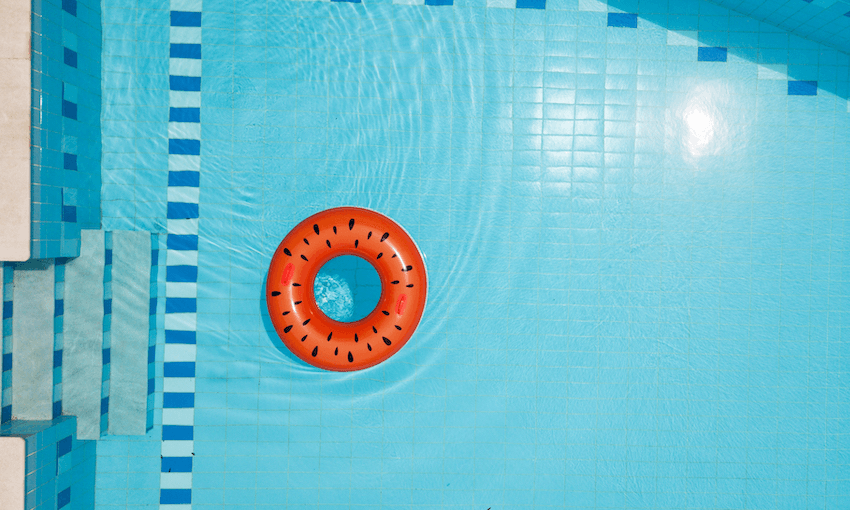Bulk testing of samples could be the way forward for coronavirus surveillance in New Zealand, reports Mirjam Guesgen.
With the number of completed coronavirus tests in New Zealand breaking 4,000 in a day on Tuesday, scientists are looking at more efficient tests to push that number even higher.
By testing samples from multiple people all in one go, known as pooled sampling, health authorities could boost the number of tests done in a day up to tenfold. This could open the door for expanding testing to people without symptoms or eventually confirming the success of the country’s elimination strategy.
Here’s how testing normally happens in New Zealand. A healthcare worker takes a swab of gunk (sputum) from the inside of a person’s nose or throat. That swab gets whisked off to a laboratory, where technicians analyse it using a test called polymerase chain reaction (PCR), which searches for little pieces of the virus’s genetic code (RNA). Other countries may use other kinds of tests.
Pooled sampling is essentially the same, except technicians only take a portion of the swab sample and combine it with swabs from other people and then run the test. Based on labs in the US, Israel and Germany you could potentially combine five, 10 or even 64 people’s samples together.
It’s fast and it uses fewer lab supplies. Labs could theoretically churn out results for hundreds of samples in about the same time as it would take for ten, and using about the same amount of chemicals.
“If the pooled test comes back negative then you’ve saved all the time and expense of testing [each sample individually]. It’s a very efficient testing method,” said Michael Baker, a professor of public health at Otago University.
Right now the biggest concern from laboratories is running out of supplies, according to David Murdoch, also a professor of public health and Dean of the University of Otago, Christchurch. “Everyone wants to test and there are the consumables that come with it. A lot of those are imported. The concern at the moment is not about the number of labs that are testing… It’s actually about getting that supply chain and the supply for the length of time that we need it.”
As we head into flu season, labs need to make sure they have enough chemicals for running those tests too.
So why then hasn’t New Zealand pooled samples from the start?
Pooled sampling isn’t great when there are lots of cases that will test positive. If a pooled test turns up negative, all the samples in that pool can be counted as negative. If it turns up positive, all the samples have to be retested individually to figure out whose is coming up positive. That’s why pooled sampling is also sometimes called surveillance sampling – it’s good for looking at where and how bad a disease is in a population.
The ability to test a tonne more people may mean that New Zealand could start testing people who aren’t showing symptoms, for example everyone arriving from overseas. Right now, you can only be tested for coronavirus if you’re showing symptoms of it (sore throat, sneezing and runny nose, fever, coughing, difficulty breathing). Iceland’s mass testing has shown that around 50% of people infected with coronavirus hadn’t shown any symptoms at the time of testing (many showed symptoms later).
However Murdoch and others question whether we really need to test asymptomatic people. “Testing everybody may not be as useful as we think. The greatest risk of transmission seems to be when people are symptomatic so that’s the time to test,” he said at a Science Media Centre press briefing.
Where it could be useful is as an assurance that the coronavirus elimination measures have worked. The Institute of Environmental Science and Research (ESR) are currently figuring out how to monitor the virus using wastewater – a natural pooling of samples.
“By detecting and monitoring coronavirus in wastewater we could potentially see how effective eradication is, gauge changes in different regions as well as better understand the patterns of community transmission,” ESR Chief Scientist, Brett Cowan, said in a statement.
It could also serve as an early warning that clusters are about to spring up again.
Testing many samples at once isn’t a new concept. It’s been done for hepatitis in New Zealand, HIV in Africa and here and abroad to uncover where drug use is happening. “It’s not an uncommon approach when you’re dealing with high volume [of samples]. Having said that, we wouldn’t normally do it unless there’s some pressure point,” said Murdoch.
